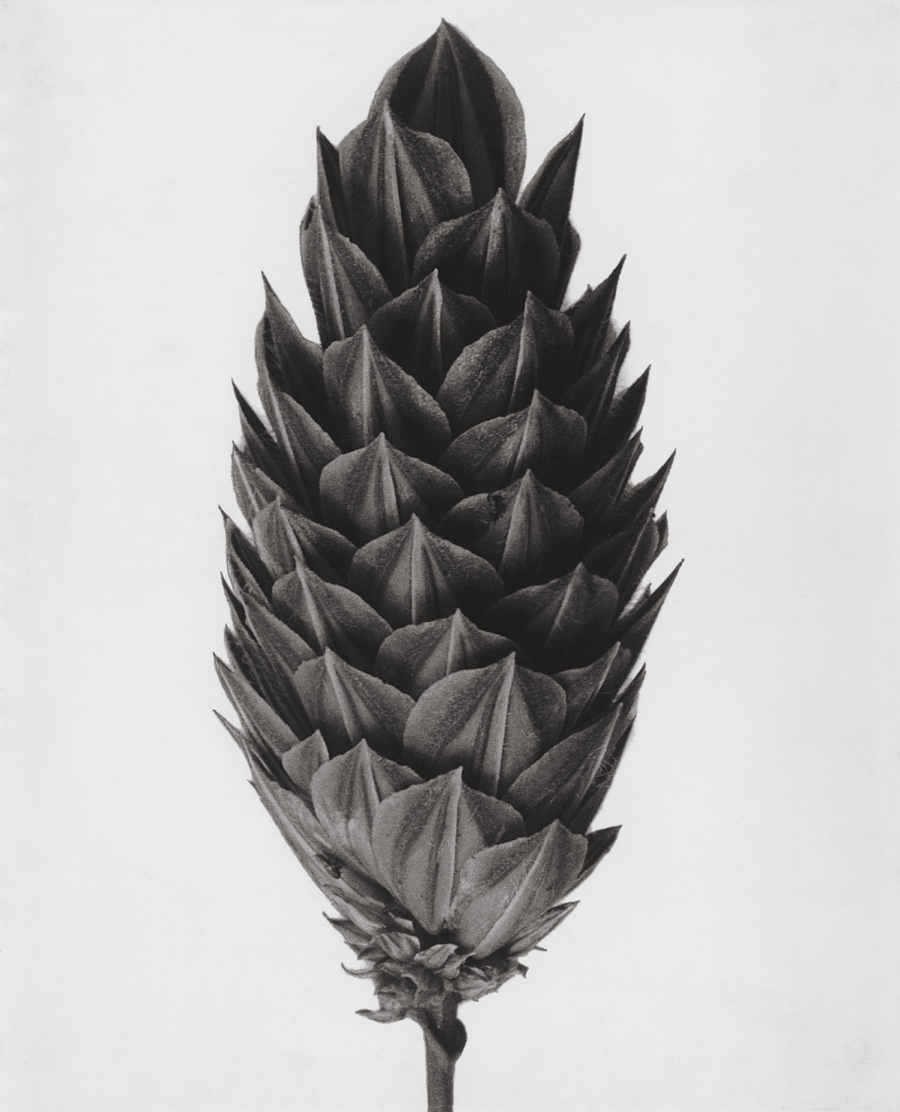Plant Photos: Amazing Botanical Shots by Karl Blossfeldt
Himalayan balsam

A close-up of leaf nodes of the Himalayan balsam, Impatiens glandulifera. Originating along rivers in the Himalayas, this balsam was was brought to Great Britain and the United States in the 19th century, according to the book. There, it spread rapidly as a garden plant.
For the canaries

Fruiting canary grass, Phalaris canariensis. Its name may have been inspired by the plant's native habitat, as it originally grew in the Canary Islands in the western Mediterranean Sea, according to the book. Or perhaps "canary grass" is a nod to the fact that its seeds are fed to canaries.
Sign up for the Live Science daily newsletter now
Get the world’s most fascinating discoveries delivered straight to your inbox.
Jeanna Bryner is managing editor of Scientific American. Previously she was editor in chief of Live Science and, prior to that, an editor at Scholastic's Science World magazine. Bryner has an English degree from Salisbury University, a master's degree in biogeochemistry and environmental sciences from the University of Maryland and a graduate science journalism degree from New York University. She has worked as a biologist in Florida, where she monitored wetlands and did field surveys for endangered species, including the gorgeous Florida Scrub Jay. She also received an ocean sciences journalism fellowship from the Woods Hole Oceanographic Institution. She is a firm believer that science is for everyone and that just about everything can be viewed through the lens of science.










